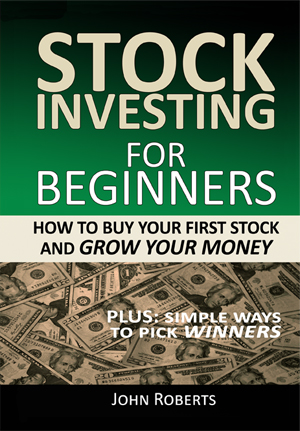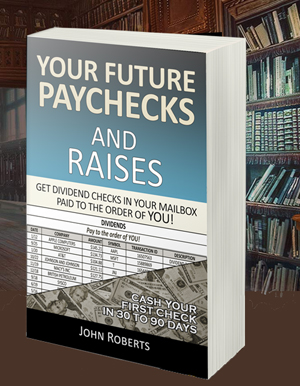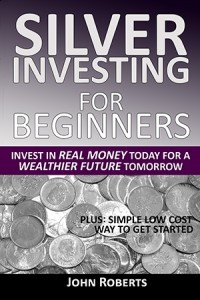Get Paid In Retirement
You’ve probably thought about retiring sometime in the future. And perhaps you’ve been saving and investing toward that goal — that time when you no longer go to work every day.
But if you’re like many people you only have a vague idea about how all of that works. Sure, you’ve seen all the complicated retirement calculators, future cost of living formulas, anticipated expenses questionnaires and other nebulous projections that all of the retirement articles seem to go into.
And these have their place in retirement planning.
But let’s get real basic and concrete about this.
When you retire, just how are you going to pay your bills?
Or put another way, how are you going to get paid?
Here’s an easy way to think about this that I’ll bet you already understand. Let’s just look at the whole retirement stock investment thing in terms of paychecks and raises.
Because everybody understands paychecks and raises.
So have you ever looked at your past raises from work and figured what they may be in the future. In other words, how big your paycheck might be five years from now.
I think most people have done this.
So why not do this with your stock investments. Because the right stocks will send you regular paychecks AND you will get raises too.
The right stocks I’m talking about are dividend paying stocks.
You see, most people today buy stocks hoping that the price will go up. But in the past, people bought stocks based more on how much they would get paid — in dividends. And this last thought is how you start building your paychecks for retirement.
Here’s a real world example. Back in 2009 I bought 700 shares of a stock at $8.62 a share for a total investment of $6,000. That stock has paid me $59 every month since then. And while there are no guarantees with any stock investment, there’s no reason to think it won’t continue to pay me.
You may also note that this stock has already paid me $2,500 of my original money back. Were you to invest in it today, it pays over an 8% dividend. Compare that to the average 1-year CD, which according to the latest bank rate data pays a paltry .026% interest.
And if I keep investing and build ten of these paychecks in dividend stocks like this one, they will pay me $590 a month, every month. To put that in perspective, the average Social Security check for a worker in 2012 was $1,230 per month. So you see how you can start building your own future paychecks today by investing in these types of stocks.
And it gets better. Because there are dividend-paying stocks that increase their dividends every year. Like Microsoft, for example, who has been increasing their dividend over 10% per year.
Those dividend increases are your pay raises.
And to ask an interesting question here, just exactly when was the last time you received a 10% pay raise at work?
So why not start looking at your stocks and their dividend increases as paychecks and raises? Because I think it’s going to change the way you think for the better, and the stocks you invest in.
Which seems rather important, doesn’t it? Because, after all, this is about YOUR money and YOUR future.
And your future paychecks and raises.
To your health and prosperity – John Roberts
P.S. To learn more about how to build your future paychecks and raises, and two stocks paying over 10% dividends, click here for our special free report and newsletter… http://livelearnandprosper.com/sign-up-special-report-get-paid-in-retirement
John Roberts is the founder and CEO of LiveLearnAndProsper.com, “Commonsense about Investing and Life,” a leading newsletter / website featuring simple tips and explanations for informed living and investment success.
His recently published book, Stock Market For Beginners, takes beginners through stock investing basics with simple explanations of key information. By the end of the book you will know how to start and use an investment account, sources for great investment ideas, and how to place your first trade.
You can learn more about Stock Market For Beginners here… http://www.livelearnandprosper.com/stock_market_for_beginners/
Article Source: http://EzineArticles.com/?expert=John_Daniel_Roberts



